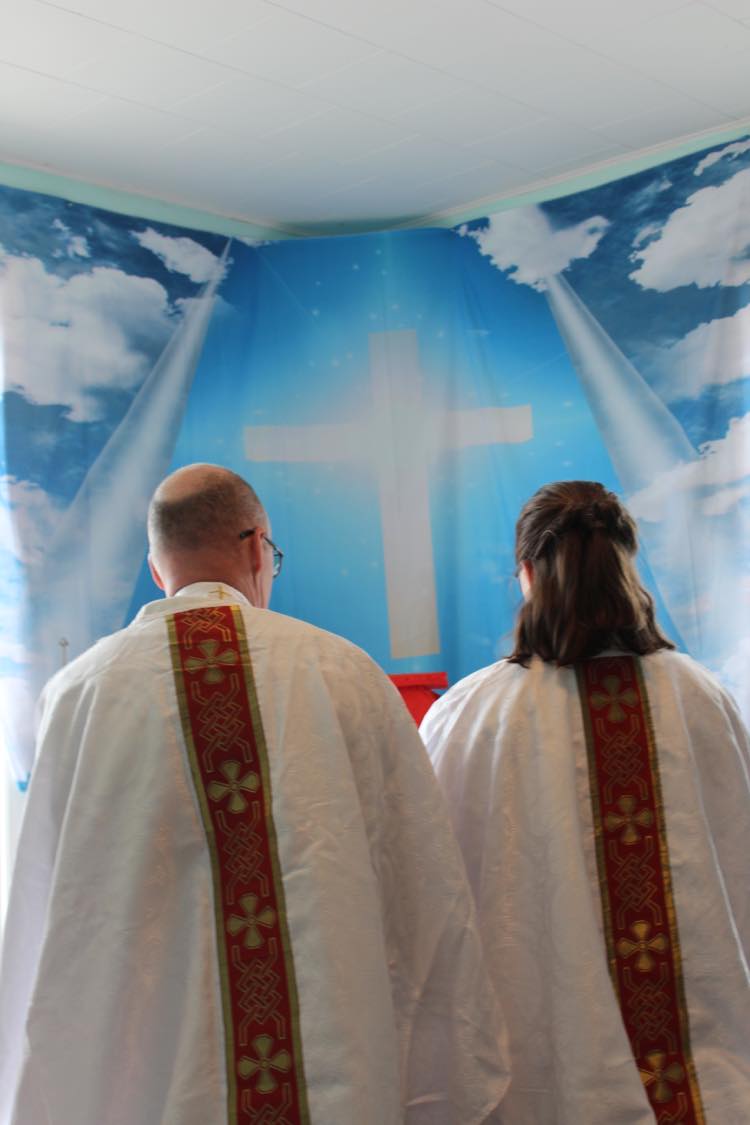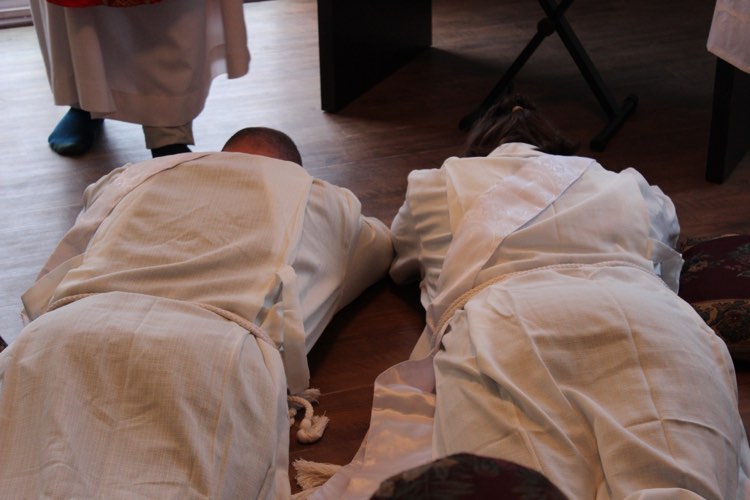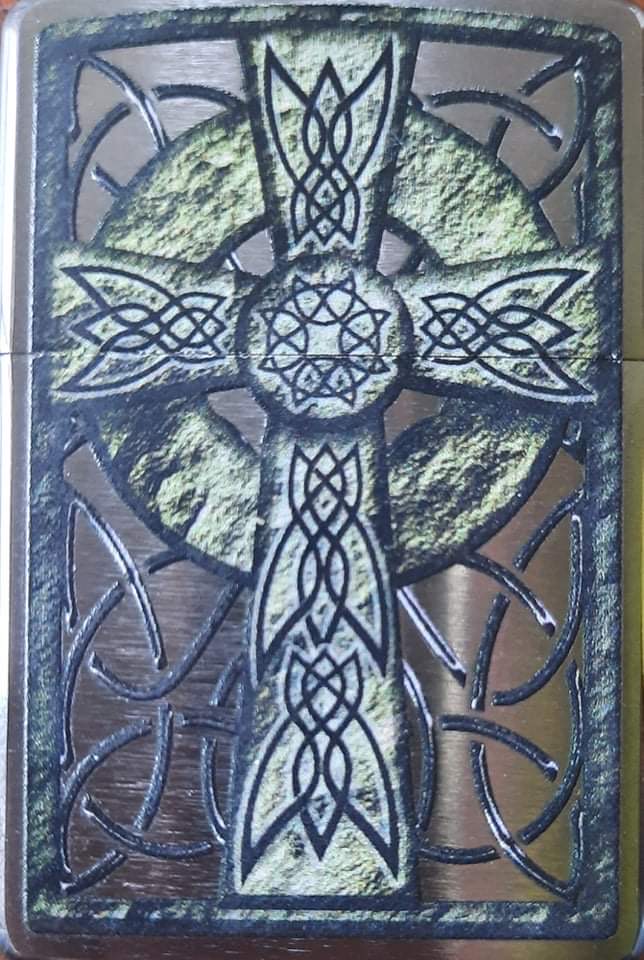- Home
- Seminary Studies
- Catholic Church Canon Law and Regulations
Simply Catholic and Welcoming You
Catholic Church Canon Law and Regulations
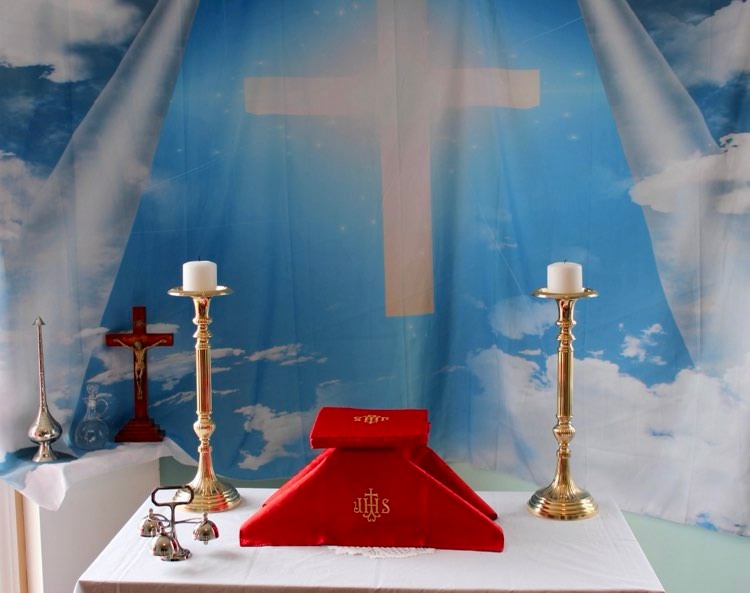
A Simple Altar Prepared for a Catholic Mass
Catholic Church Canon Law and Regulations is a code of ecclesiastical laws governing the Catholic Church. In the Roman/Latin Rite or Western Church, the governing code is the 1983 Code of Canon Law, a revision of the 1917 Code of Canon Law. Containing 1752 canons, it is the law currently binding on the Latin Church and all Roman Catholics.
It was Pope John Paul II who promulgated the 1983 Code of Canon Law. It was promulgated on January 25, 1983, and went into effect on November 27, 1983.
Roman Catholic canon law is a fully developed legal system, with all the necessary elements: courts, lawyers, judges, a fully articulated legal code, principles of legal interpretation, and coercive penalties, though it lacks civilly-binding force in most secular jurisdictions.
The Canon Law of the Roman Catholic Church is contained in two Codes that legislate on the way the Church is organized and carries out its activities in the world. These are Code of Canon Law for the Latin Church and the Code of Canons of the Eastern Churches. The Law is understood with reference to a renewed ecclesiology expressed in the texts of the Second Vatican Council, which deeply inspired its development.
It is meant to define, protect and promote the communion of the Church.
Catholic Church Canon Law and Regulations History and Formulation
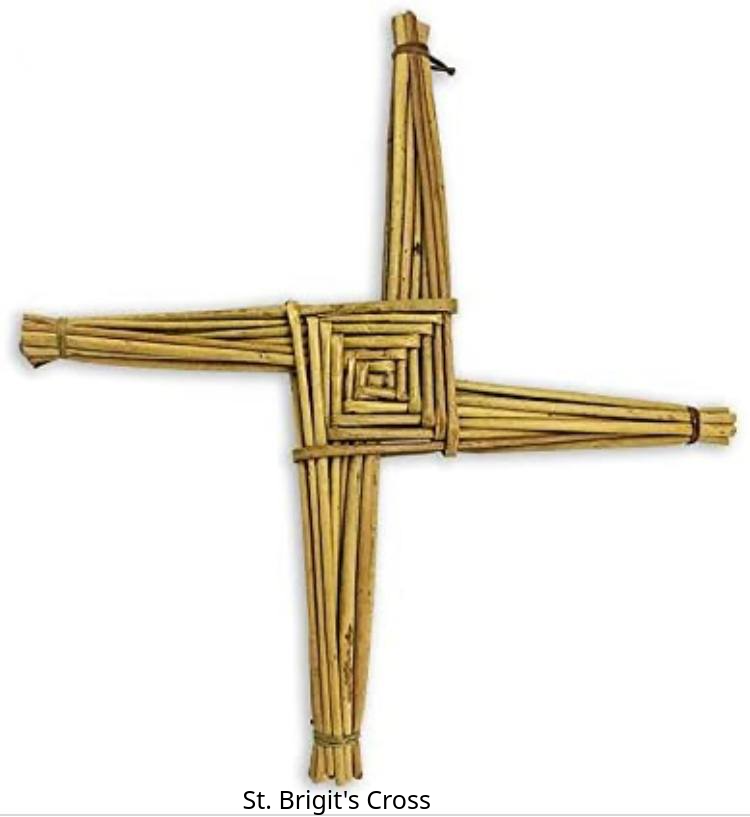
St. Brigit's Cross a Sign of Catholic Faith in Many an Irish Home
Historically the concept and reality of Catholic Church Canon and Regulations started approximately in 1140, when John Gratian, a theologian and monk, compiled the Decretum Gratiani (Gratian's Decree), a comprehensive collection of canon law. This work, also known as the Concordia discordantium canonum ("Harmony of Contradictory Canons"), became a foundational text for canon law and influenced legal studies in the West.
Key Features and Impact
Systematic Compilation
The Decretum Gratiani was the first systematic compilation of canon law, drawing from existing conciliar canons and other sources.
Resolution of Contradictions
It aimed to resolve apparent contradictions and inconsistencies within the existing body of church law.
Influence on Scholasticism
Gratian's work was influential in the development of scholasticism, a method of philosophical and theological inquiry used in universities.
Standard Textbook
It became the standard textbook for canon law in medieval universities, including Bologna, Paris, and Oxford.
Foundation for Legal Studies
The Decretum provided a foundation for the education and practice of canon law, shaping the development of canon law scholarship and jurisprudence.
Influence on Later Legal Developments
It also influenced the development of decretal law and the Corpus Juris Canonici, the great body of canon law.
Pope Gregory IX produced collections of canon law, known as the Decretals of Gregory IX, which further supported the supremacy of the Pope over other Christian leaders. These Decretals, compiled in the 1230s, built upon the work of Gratian and were widely used as the main legal text in the Catholic Church for a century.
(Pope Gregory VII, with his Gregorian Reforms, also significantly emphasized the supremacy of the Pope, though he didn't directly produce a collection of canon law like Gregory IX.)
The purpose of Canon Law is to provide a defined and expectable order in the Church to its members. Second, canon law ensures the proper exercise of the sanctifying function of the Church. This respects the salvation of humanity as its primary purpose
The most important Canon Laws of the Roman Catholic Church relate to the sacraments, the clergy, the faithful, and the Church's legal and administrative structure. These laws are found in the Code of Canon Law for the Latin/Roman Church and the Code of Canons of the Eastern Churches for the Eastern Catholic Churches.
Key Areas of Canon Law
The Sacraments
Canon law addresses the validity, meaning, and administration of the sacraments, including Baptism, Eucharist, Confirmation, Reconciliation, Anointing of the Sick, Holy Orders, and Matrimony.
The Clergy
This includes the roles, duties, and obligations of bishops, priests, and deacons, as well as regulations regarding their formation, conduct, and potential discipline.
The Faithful
Canon law outlines the rights and duties of the baptized faithful, including their participation in the life of the Church, their obligations to the Church, and their rights to be governed fairly.
Church's Legal and Administrative Structure
Canon law establishes the structure and functioning of the Church, including its hierarchical organization, the role of bishops, the establishment of dioceses, and the procedures for legal matters within the Church.
With its clear and well established laws and infrastructure to support and adjudicate these laws, the Roman Catholic Code of Canon law is both respected and copied, at least in form, by most Catholic churches. However not all of its canons are accepted or adopted by others.
There are lawyers who then further choose to specialize in Canon Law in most countries. Whenever major issues arise most bishops, despite their own training in canon law, will rely on these specialists to help clarify or resolve such issues.
Catholic Church Canon Law and Regulations and St. Brigit's Community Catholic Church
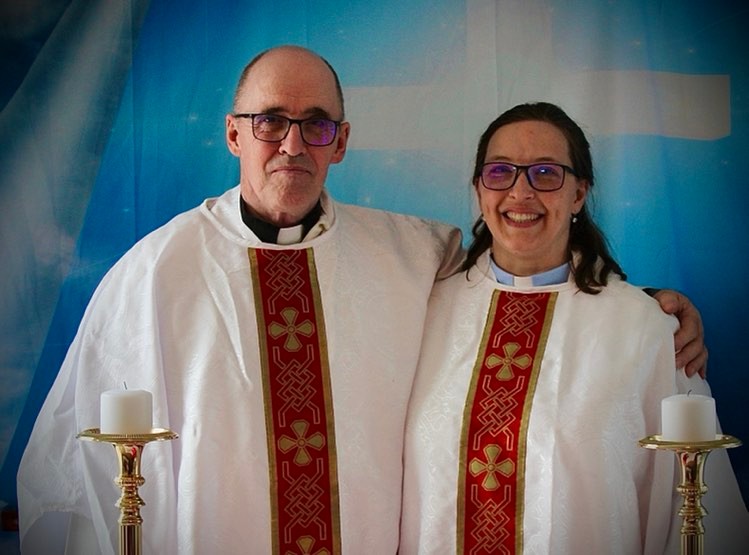
Fr. Philip and Amma Charlene Bradley a Married Couple Who Are Both Priests
St. Brigit’s Community Catholic Church, in drawing up our articles of incorporation as a church and not for profit corporation, adopted several Catholic Church Canon laws and Regulations for ourselves. Beyond these we refer to other codified canon law from the larger Catholic church organizations.
In several places on this website I have and will continue to refer to canon law when appropriate. All mainstream Catholic churches have their own versions of canon law.
St. Brigit’s Community Catholic Church is blessed indeed to have the resources of all these authorities to aid us in our decision making. Of most importance, we believe, are those canons which all these authorities hold as common to one and all.
On the other hand Pope Gregory IX produced collections of canon law that supported the supremacy of the Pope over all other Christian leaders. All of these papal supremacy canons we reject. To us and other Catholic Churches the pope is “the first among equals” and we are ‘ruled’ by a College of Bishops rather than any one person.
Recent Articles
-
Catholic-Confession
Apr 19, 25 08:53 PM
Full breakdown of the Catholic Confession Sacrament of Reconciliation -
Ordination, incardination and dismissal of clergy
Mar 03, 25 06:47 PM
Overview of Ordination to Holy Orders, incardination and dismissal of clergy -
Catholic Last Rites
Mar 03, 25 06:41 PM
An explanation of the Catholic Last Rites and Anointing of the Sick
